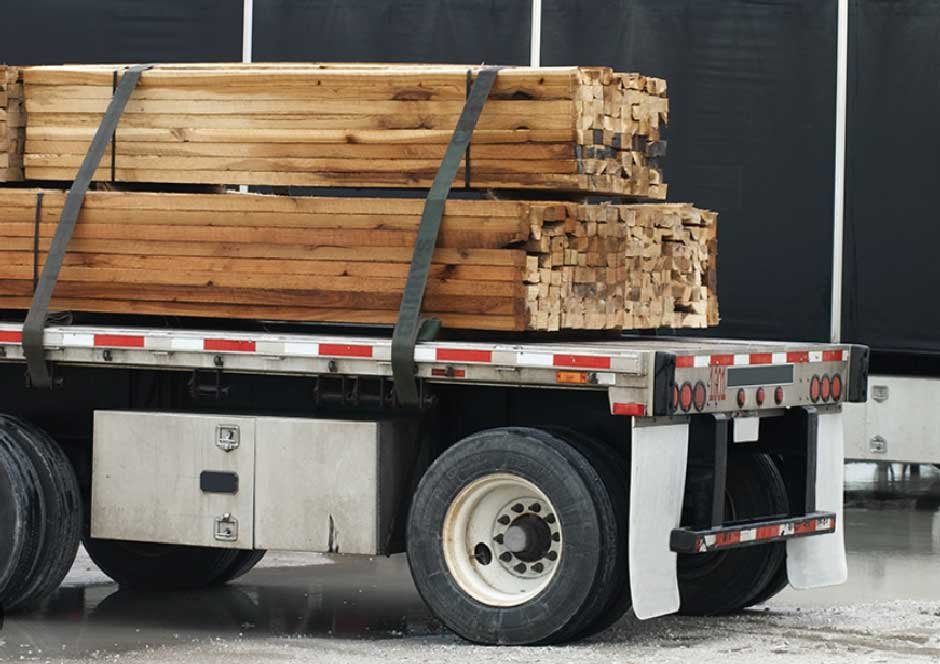Skip to the good bit
ToggleWhen it comes to big rigs hauling massive loads across highways and interstates, cargo securement isn’t just a good idea—it’s the law. Whether it’s steel beams, lumber, heavy machinery, or a shipment of household goods, improper cargo securement can lead to disastrous accidents. An expert Fort Worth truck accident attorney notes that a single shift in cargo weight can compromise a truck’s stability and braking, potentially endangering not only the driver but also everyone else on the road. That’s why the Federal Motor Carrier Safety Administration (FMCSA) lays down strict rules on how cargo should be loaded, tied down, and transported. Here’s a rundown of five key cargo securement rules that every trucking operation must follow.
Use the Right Tie-Downs
Not all straps and chains are created equal. FMCSA regulations require that drivers use tie-downs that are strong enough to handle the weight of the cargo. The working load limit (WLL) of each tie-down must be at least half the weight of the cargo it’s securing. If the cargo weighs 10,000 pounds, the tie-downs used must have a combined WLL of at least 5,000 pounds. Using bungee cords or frayed straps simply won’t cut it. In fact, if inspectors see damaged or inappropriate tie-downs, that truck could be taken out of service on the spot.
Prevent Forward Movement
Trucking rules demand that cargo must not move forward more than a single inch during a sudden stop. That might not sound like much, but in a fast-braking situation, even a little movement can shift a truck’s center of gravity or cause a load to pierce through the cab. To prevent this, drivers often use headboards, bulkheads, or blocking devices to secure the load. For longer cargo, such as pipes or logs, wedges and cradles are also essential to prevent items from rolling forward.
Secure All Sides
It’s not just the forward motion that needs attention—cargo must be secured in all directions. That means no side-to-side, rearward, or vertical movement either. Tie-downs must be placed at specific angles, ideally no more than 45 degrees from the cargo’s surface, to maintain optimal pressure. Drivers should also avoid over-tightening, which can damage both the tie-down and the cargo itself. Proper anchoring points on both the cargo and the trailer are essential for secure loading from every angle.
Perform Regular Checks
Even if everything looks perfect at the start of a trip, things can fall into place or shift along the way. That’s why truck drivers are required to inspect their cargo securement devices regularly. The first check should happen within the first 50 miles of a trip. After that, inspections should take place every 150 miles or every three hours, whichever comes first. If something loosens or breaks, drivers must stop immediately and re-secure the load before hitting the road again.
Follow Special Rules for Certain Loads
Certain types of cargo have their own specific rules in addition to the general guidelines. For instance, heavy equipment must be secured with at least four tie-downs—one for each corner. Coiled steel, concrete pipes, and logs all have unique securement standards because of their shape, weight distribution, and potential to cause damage if they come loose. Drivers must be trained to handle these specific cargo types or risk violating safety regulations and putting lives in danger.
Final Word: Safety on the Road Starts with Secure Loads
Cargo securement isn’t just about meeting legal requirements—it’s about making sure everyone makes it home safely. Truck drivers carry a heavy responsibility, literally and figuratively. By following these five rules, they help prevent rollovers, jackknifes, and tragic accidents caused by falling or shifting cargo. Still, even with all precautions in place, accidents can happen. If you’ve been involved in a road mishap involving a big rig or unsecured cargo, consult a Fort Worth truck accident attorney who understands commercial vehicle laws. They can help determine liability and ensure your rights are protected.







